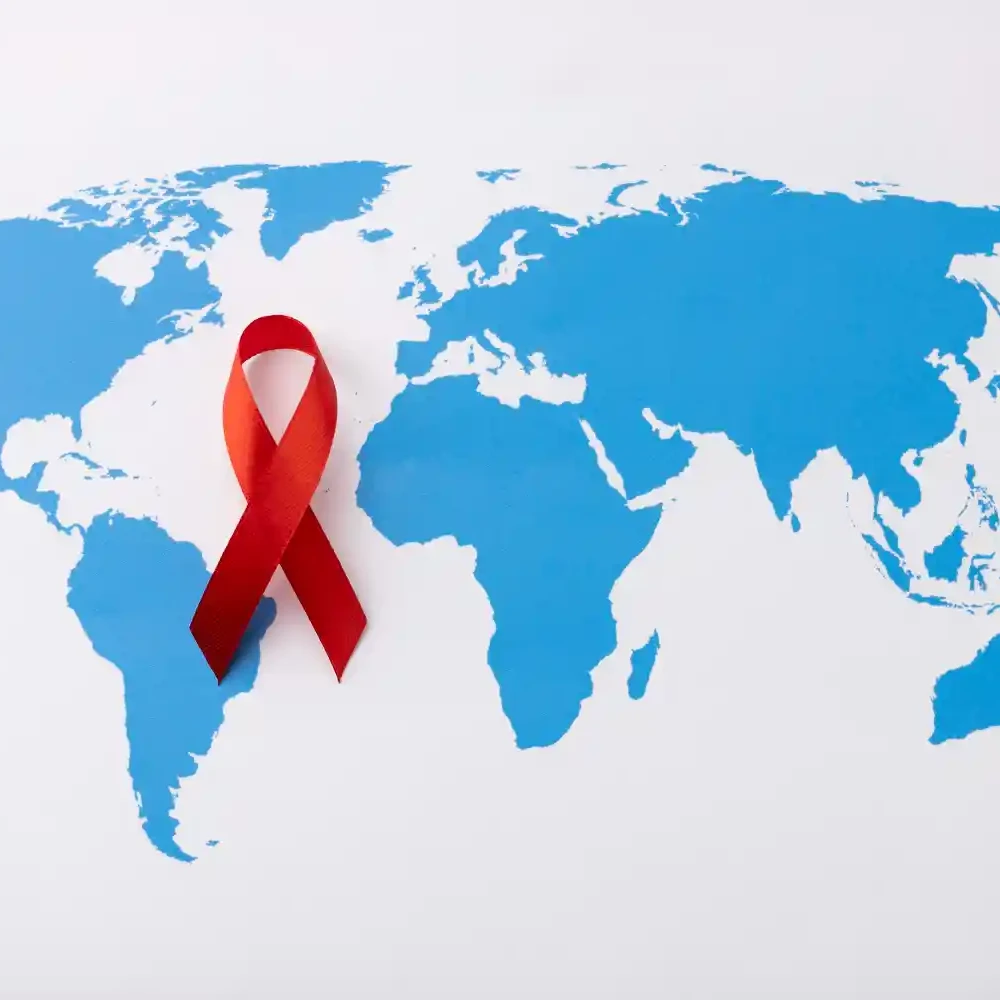Understanding the concepts of infection and disease is fundamental to grasping how pathogens affect human health.
The following is a breakdown of their differences and similarities.
What is an infection?
An infection occurs when microorganisms (such as bacteria, viruses, fungi, or parasites) invade the body and multiply, potentially causing harm. The process of infection includes:
- Transmission: Infections typically begin with the introduction of a pathogen into the body, often through contact with contaminated surfaces, ingestion of contaminated food or water, or through vectors like mosquitoes.
- Colonization: Pathogens initially colonize the host’s tissues or organs.
- Multiplication: They then replicate and spread, often disrupting normal cellular functions.
- Response: The body’s immune system usually responds by attempting to neutralize or eliminate the invading microorganisms.
- Outcome: Not all infections lead to disease. Many infections are asymptomatic or subclinical, meaning they do not cause noticeable illness in the host.
Characteristics
- Focus: the presence of a harmful organism in the body.
- Cause: Caused by pathogens like bacteria, viruses, fungi, or parasites entering the body.
- Symptoms: may or may not cause any noticeable symptoms.
- Example: You can be infected with the cold virus but not experience any cold symptoms.
What is a disease?
Disease refers to a deviation from the normal structure or function of any part, organ, or system of the body that is manifested by characteristic symptoms and signs.
Characteristics
- Focus: The body’s response to the infection and the resulting damage.
- Cause: This can be caused by an infection, but also by other factors like genetic disorders or injuries.
- Symptoms: Diseases often present with specific symptoms and signs that indicate dysfunction or damage caused by the infection.
- Example: Having a fever, runny nose, and general achiness because of a cold virus infection is considered a disease.
- Severity: Diseases can range from mild to severe, and their severity depends on factors such as the virulence of the pathogen, the host’s immune response, and any underlying health conditions.
- Duration: They can be acute (short-term) or chronic (long-term).
- Impact: Diseases can significantly affect the affected individual’s health and quality of life.
Differences between infection and disease
1. Nature
- Infection refers to the presence and replication of pathogens within the body.
- Disease refers to the harmful effects or clinical manifestations of an infection.
2. Manifestation
- Infection can be asymptomatic (without symptoms) or subclinical (mild symptoms).
- Diseases typically involve noticeable symptoms and signs of illness.
3. Outcome
- Infection does not always lead to disease; the host may eliminate the pathogen without developing symptoms.
- Disease implies that the infection has caused enough harm or dysfunction to produce clinical symptoms.
Similarities between infection and disease
- Origin: Both infection and disease originate from the presence and activity of pathogens within the body.
- Interaction: The distinction between infection and disease illustrates the interaction between pathogens and the host’s immune response.
- Health Impact: Both infections and diseases can impact an individual’s health and well-being, ranging from minor discomfort to life-threatening conditions.
Conclusion
Infection is the invasion of a harmful organism, while disease is the body’s reaction to that invasion.
Not all infections lead to disease, but all diseases caused by pathogens involve an initial infection.
Damola Obisesan
Damola is a medical doctor who has worked in the Nigerian healthcare industry for a little over 3 years in a number of primary, secondary, and tertiary hospitals. He is interested in and writes about how technology is helping to shape the healthcare industry. He graduated from the College of Medicine, University of Ibadan, the foremost medical training institution in Nigeria.



